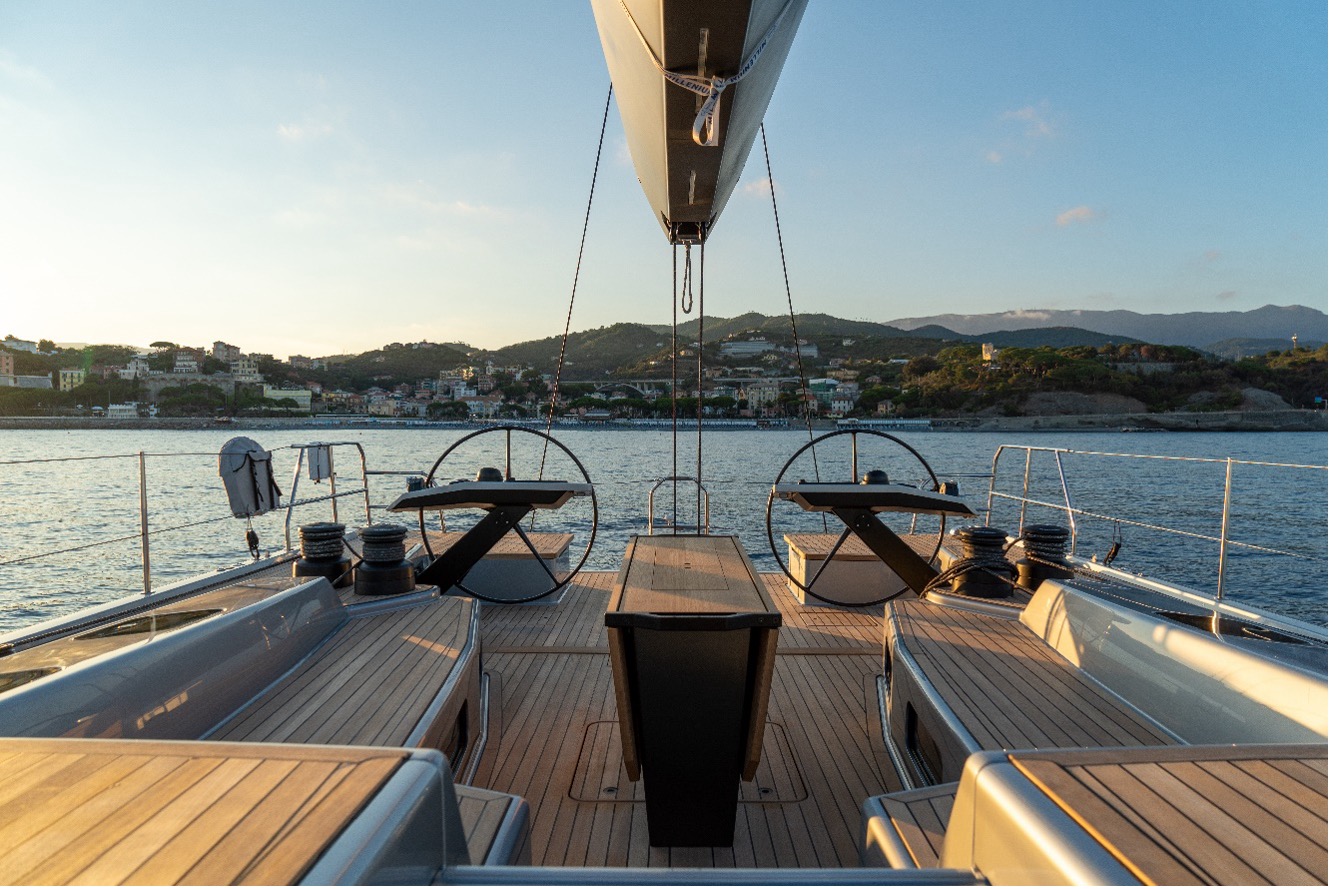Leggi l’articolo in italiano
I was sailing near Favignana when I saw a man standing on a rubber boat moving his arms in the attempt to ask for help. I yawed and, in few minutes, I reached the big rubber boat, where the man was with his wife and son. Their engine had shut down and they had been waiting for a help for a long time.
We were lucky. The man was in fact the owner of an excellent restaurant in Favignana and he returned the favour with a good dinner.
Towing a boat is not a frequent circumstance but in summer, when more people sail, the possibility to meet someone asking for help increases exponentially.
The matter is often a source of doubts but, for the moment, it’s sufficient to say that when a human life is in danger, anyone is required to act even though there is no requirement about the boat recovery or rescue. If the intervation involves also the boat, the rescuer has the right to receive a compensation, generally not over 10% of the boat value. The captain of the stalled boat who receives the rope thrown by the rescuer acts as if he signs an agreement; so, he accepts to pay the agreed payment once the boat is towed into the harbour.
But how to tow a boat? First of all, we have to verify whether it is possible. It depends on the boat sizes and weather conditions. If the boat to tow is bigger than ours, it will be very difficult to move and steer it.
Then, the first matter to face is turning. Usually, the towing boat passes windward because it’s the best solution to throw a rope. If wind is fresh, however, pay attention to sideslipping.
So, we have to approach windward slowly, throw a rope to the stalled boat and luff. Once the rope is passed, it’s important to prevent it from jamming in the propeller.
But, where to fix the rope? The best solution would be something resistant forward the propeller, such as the mast base on a sailing boat. However, this is not always possible or easy. So, another option consists in fixing it to the stern mooring bitt. In this case, it’s better to spread the load on both the two bitts through a rope with the same thickness than the tow cable. This second rope allows to form a V, whose two ends must be secured to the two bitts through two bowlines; in the middle of this V, we tie a figure eight in order to create a ring for a bowline with the tow cable.
Once the rope has been passed to the stalled boat, we have to put it in tension as slowly as possible and then accelerate by keeping the cable in tension. What’s the ideal cable length? At least 40 metres, in order to have enough space to assimilate headway.
On the towed boat, the rope must be secured to a solid point, such as a fore mooring bitt or by creating a V with two bitts.
We can use a tender, too. In this case, the most efficient technique is to push by leaning the tender bow against the stern of the stalled boat. We can even try to pull, but we need to fix a rope to the tender bow.
In all cases, a good communication and understanding between the two helmsmen is essential.
























